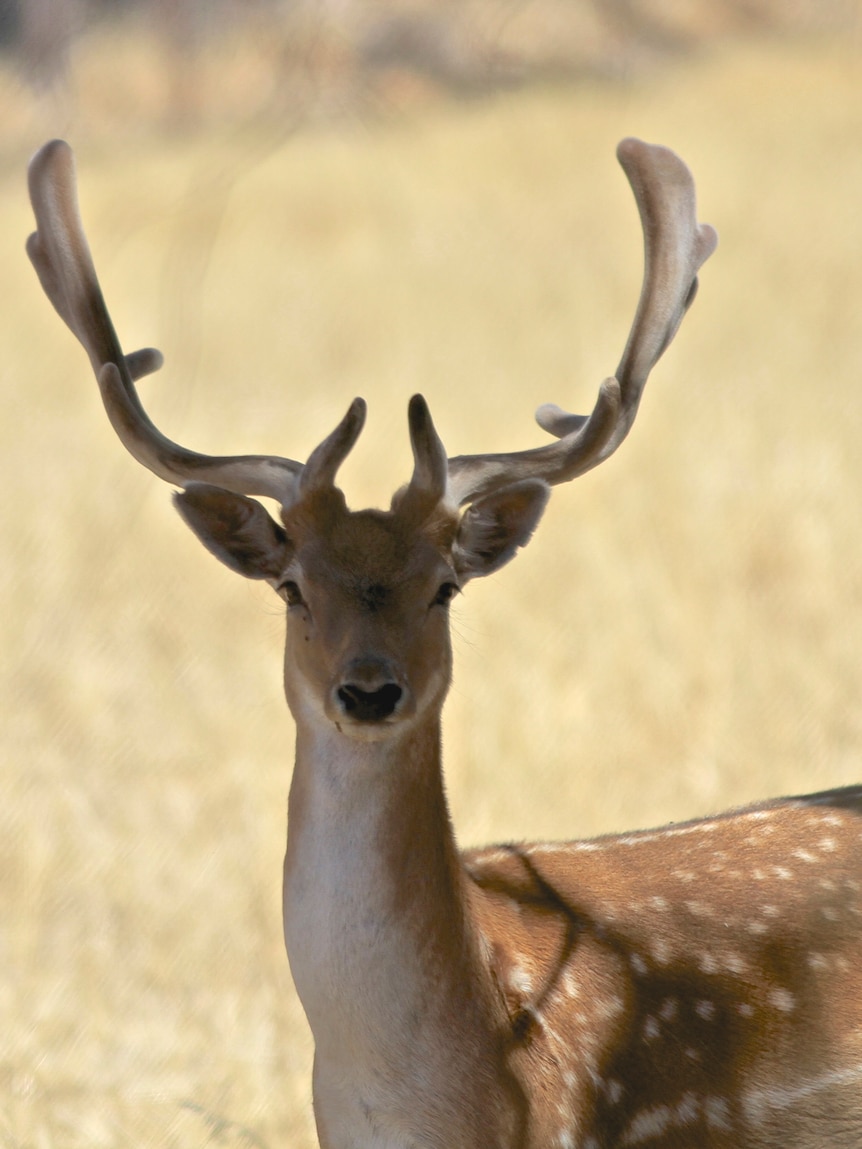A game meat company will begin hunting deer in South Australian forests this month, which the owner says is more environmentally friendly and less cruel than the state government’s preferred culling method.
Macro Meats Australia’s contract with forestry companies to work towards eradicating deer in their plantations is also a rebuke to recreational hunters, who would prefer for some deer to remain so they can continue their enjoying sport.
The company is based in Adelaide and mostly focuses on exporting kangaroo meat.
Managing director Ray Borda has been critical of the state government’s aerial deer culling program, which involves the use of shotguns to kill deer from helicopters and leaves the carcasses to rot on the ground.
Forestry companies want the deer eradicated because of the damage they to do trees.
Mr Borda said professionals shooting deer for meat was the best solution, because the meat could be sold for a profit rather than attracting scavengers or emitting methane when it rotted.
“Environmentally, and even animal welfare-wise, the professional industry is always looked upon as the best and cheapest way to handle these overabundant animals,” Mr Borda said.
The hunters employed by Macro Meats will be in the South East next week to plan for the cull.
Creating jobs on ground
Professional deer hunters aim to shoot deer in the head to prevent damaging the meat in the animal’s body.
Mr Borda, who is also the chair of the Australia Wild Game Industry Council, says this is better than aerial culling, when most deer die after being shot in the heart or lungs.
“The poor old deer — it’s not their fault that there’s too many of them,” he said.
“So what we try to do is, we try to do it humanely, and then we’re creating jobs.”
Limestone Coast Landscape Board general manager Steve Bourne said aerial culling was an “effective and efficient means of removing large numbers of feral deer from the landscape in a humane way”.
“Meat harvesting is a tool we have used — 2,100 feral deer have been processed for human consumption in the last three years,” he said.
“In closed canopy pine forests, ground shooting can be a more effective means of removing feral deer.”
The RSPCA has raised concerns that shooters targeting feral deer from helicopters using shotguns may not be able to tell whether the animals they shoot are dead or not.
But a Flinders University study found all the deer that researchers cut open after an aerial cull had been fatally shot in the lungs or heart.
A CSIRO study found aerial culling was extremely effective at controlling deer populations compared with ground shooting, with up to 94 animals killed per hour during aerial culling.
Debate over deer impact
The SA government plans to eradicate all feral deer in the state by 2032, mostly through aerial culling, but also shooting on the ground.
It estimates there are about 40,000 feral deer in South Australia, mostly in the state’s south-east, but also on the Fleurieu Peninsula and in the Adelaide Hills.
Deer compete with native wildlife and livestock for grass.
They damage trees and contribute to erosion and road crashes.
The government estimated farm productivity losses of $36 million last year, which would rise to $242m by 2031 if the deer population was not controlled.
Amateur hunters, many of whom travel to SA from Victoria, say they contribute to SA’s economy.
Get our local newsletter, delivered free each Friday




